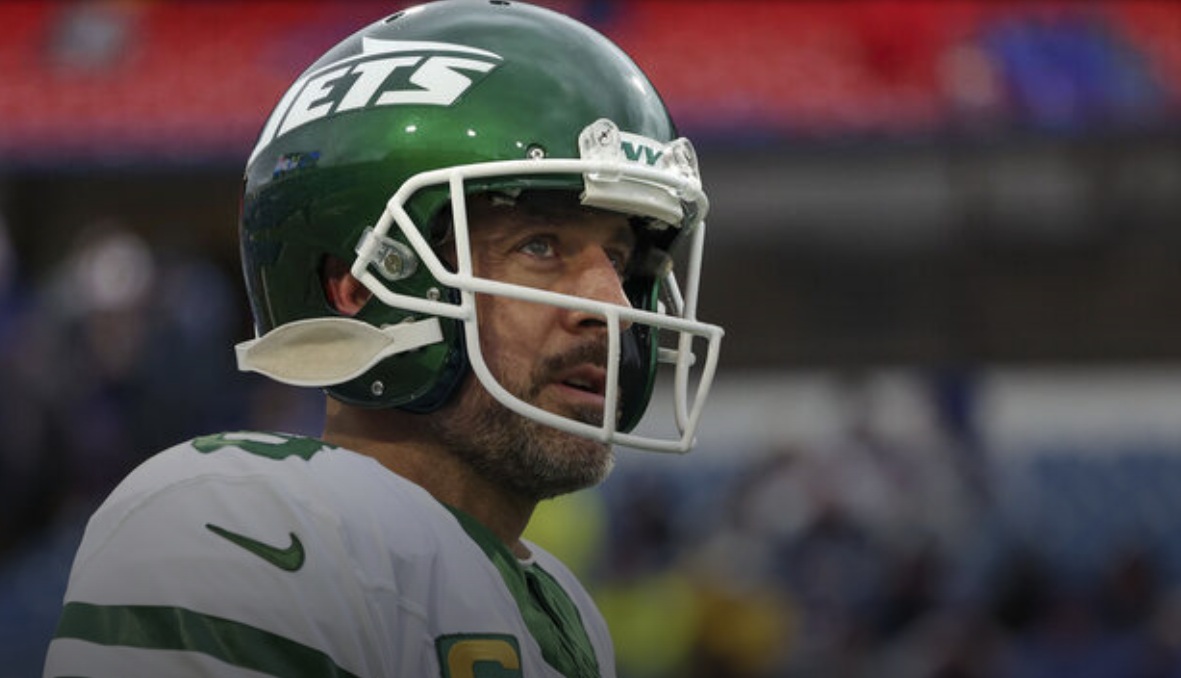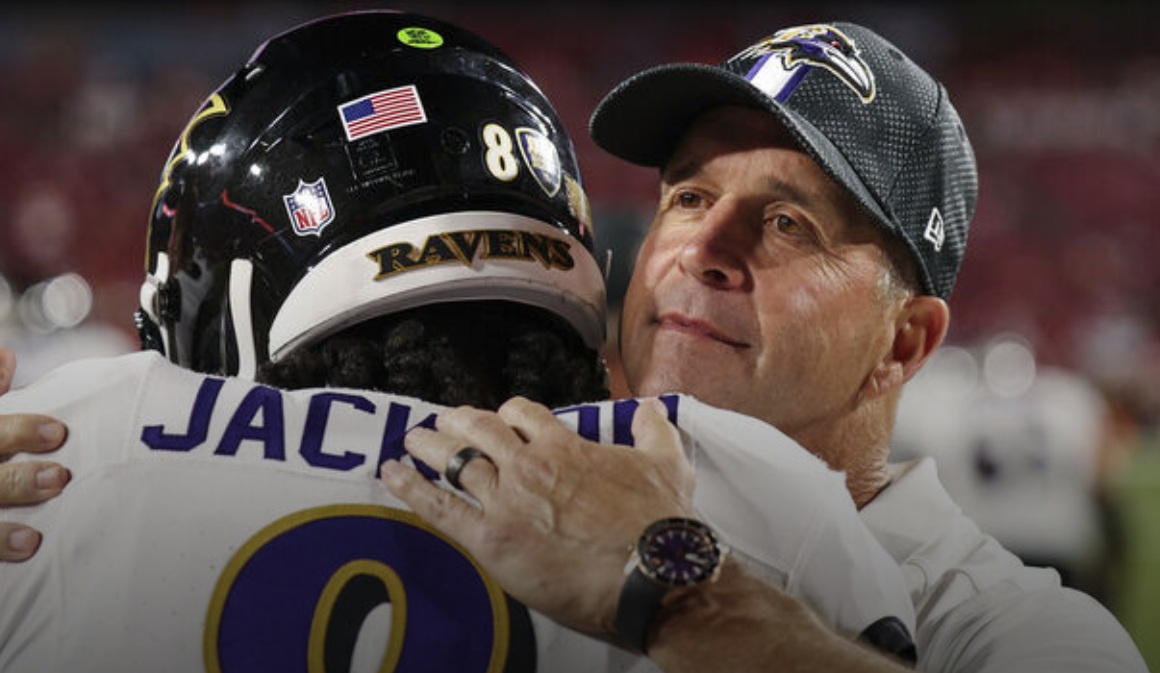Part two, “What’s In It For Me?” plays almost like a cover of the first episode, given how tactics of corporate greed do not change, so much as are taken up by different soul-suckers. It focuses on the legacy of Insys, another company that forced its play into the business of mainstreaming opioids, spearheaded by entrepreneur John Kapoor. Here too, Gibney gets deep into the machinery of this business, including the sales people who were very good at their jobs and later faced an all-too-rare reckoning. Kapoor’s former VP of sales Alec Burlakoff shares his experience hustling for the company, pushing the drug onto doctors. So does one of his best hires, regional manager Sunshine Lee, a hardworker who fell into the trap of what Insys promised, but also had her own responsibility in such a craven game. They sold their souls to this cause that became more and more corrupt, and their time on-camera, divulging how Insys lied to insurance companies so that clients can receive deadly opioids like fentanyl, plays out like an attempt at getting it back.
Recounting so much history, recalling all these deals and all of this criminal activity gives some of “The Crime of the Century” a sluggish feeling of “then this happened, and then this happened”. But Gibney tries to push against that by mixing in present-tense scenes from the frontlines of the opioid crisis, whether it’s with a paramedic in a community heavy suffering from the epidemic, or a DEA agent trying to make a sting on a dealer. There are also testimonies from addicted Americans, with their own extreme stories of how the product has become so unregulated (like Gary and his prescribed 50 pills a day). These stories add more of a human, often heroic side to it, and yet they also help make the documentary emotionally unfocused. “The Crime of the Century” doesn’t quite pull off a graceful juggling act between educating how the system has been broken, showing how lives are completely destroyed by these pills, and then factoring those who have tried to make a difference.
This is one of Gibney’s most explosive documentaries, but it also has to be one of his most overzealous in how it’s all presented. Indeed, no ominous drone shot of the Purdue Pharma building is spared (though the final one is a good kicker), and the same goes for close-ups of pills with OC stamped on them. And any time Gibney can throw in a recognizable song to lead a sequence, he goes for it, like when footage of opioid crime is accompanied by John Denver’s “Take Me Home, Country Roads”; eventually some of the music-driven sequences match the cheesiness of the corporate rap videos that Gibney uses for mortifying comic relief, which includes the rapping opiate. But seriously: while the documentary has so much to share, it doesn’t have the poignancy or poetry that helps such informed calls for attention to truly resonate. (Gibney’s recent HBO doc “Agent of Chaos” nailed this when it came to retracing Russian interference in American elections.) Instead it becomes a fairly cold affair, even though its tale embodies very human flaws: some people will do anything for more power and money, countless more will do anything to feel better, especially within the cycle of addiction. “The Crime of the Century” illuminates this gruesome dichotomy by giving viewers every piece of evidence it’s got. Maybe with all of this information out there now, other filmmakers and journalists will be able to tell similar stories that are a bit more focused, but just as necessary.
Part one airs on HBO on May 10; part two airs the following night.
You can view the original article HERE.



























:quality(85):upscale()/2025/04/01/828/n/1922564/9432574867ec361a713285.06370027_.jpg)

:quality(85):upscale()/2025/04/01/587/n/1922564/fe60d6be67ebe4b0bbd6f1.79749549_.png)
